Biodiversity
Monthly Archive: December biod
The Captivity Debate: Should We Keep Marine Mammals in Tanks?
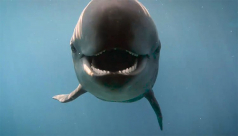
Guest blog written by Environmental Visual Communication student Adil Darvesh
In November 2016, Qila and Aurora, two Beluga whales at Vancouver Aquarium, died due to an unknown toxin in their tanks. News of their deaths added to an ongoing debate: Should humans keep marine mammals in captivity for the sake of education and entertainment? Read this blog to learn more about the heated discussion.
From Poop to Plankton: Working Together to Conserve our Ocean’s Gardeners
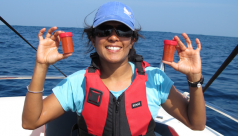
Guest blog written by Environmental Visual Communication student Meghan Callon
From the ROM’s recent “Out of the Depths” Blue Whale Exhibition to the upcoming Canada’s Oceans: Towards 2020 Symposium, the ROM has had a big focus on our oceans this year. In fact, there have been many eyes on Canada’s oceans recently. The Society for Marine Mammalogy Conference was held in Halifax, NS, just two weeks ago, bringing together some of the greatest ocean thinkers from around the world. There, Dr. Asha de Vos gave a keynote speech describing her journey to understanding how blue whales act as our ocean’s gardeners. Check out this blog to learn more about the incredible story of blue whale poop and the researcher who studies it!
Awesome Year for Painted Ladies
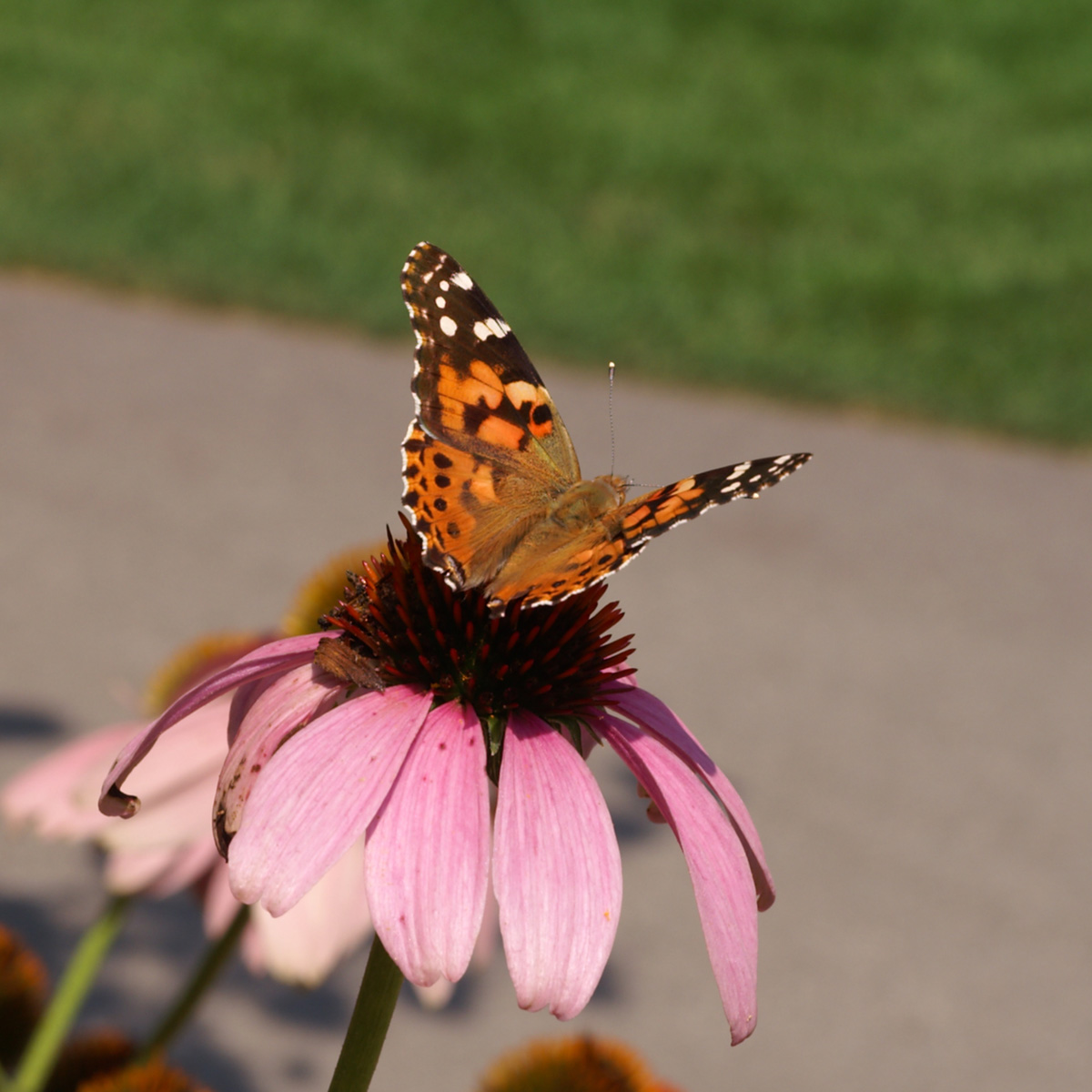
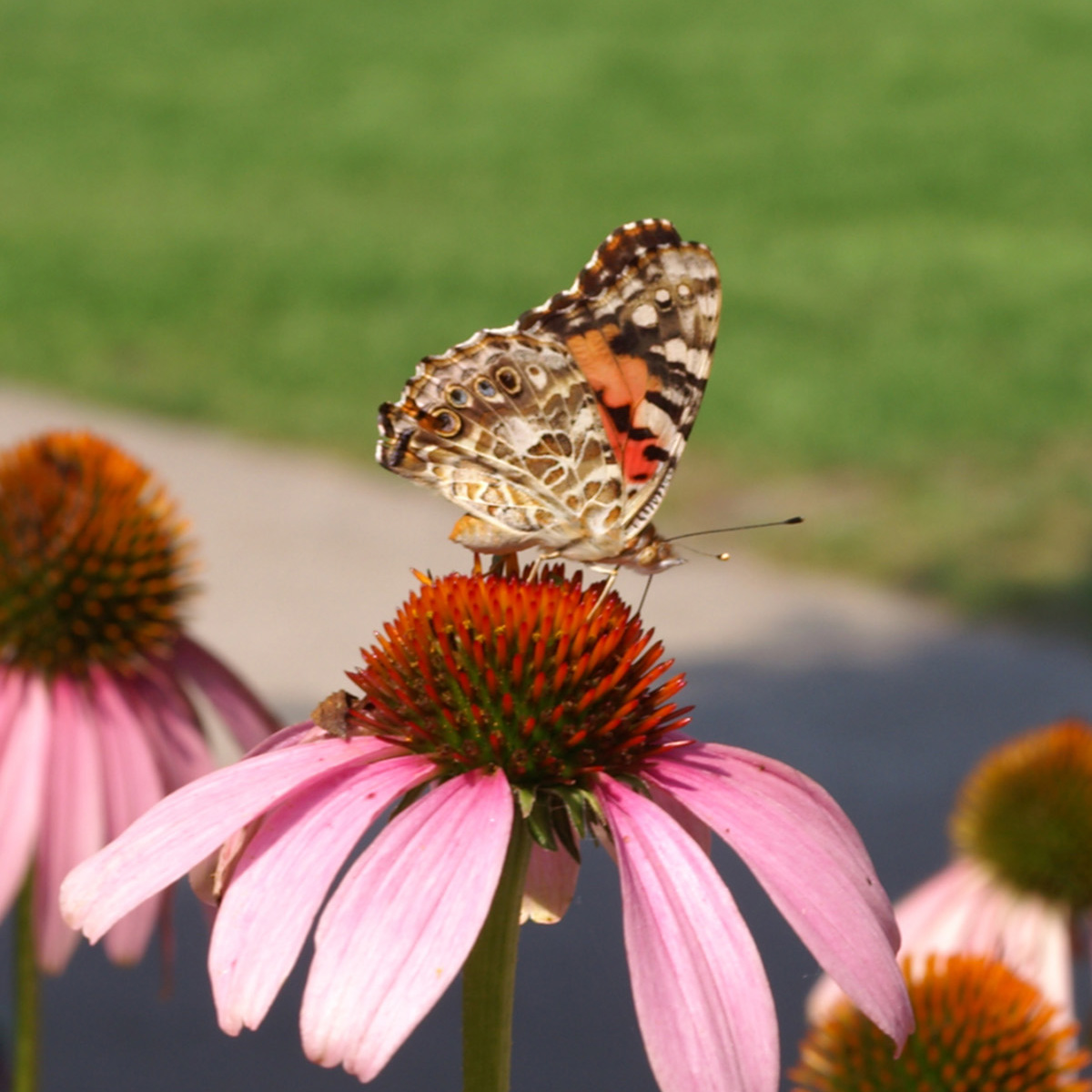
“They’re everywhere!”
You may have seen one, two or many of these lovely butterflies in the past week. Maybe in your backyard or in a flower garden or in a park.
True Blue Detectives
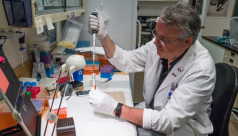
Guest blog written by 2017 Environmental Visual Communication student Connor McDowell
The Royal Ontario Museum has marked yet another first for science with the Blue Whale Project. This achievement could hold keys to the conservation of this majestic, endangered mammal – not to mention a deeper understanding of the unique evolutionary history of the largest living animal on Earth. The beginning of this story starts two thousand kilometers away, on the shores of Newfoundland, Canada with something so small that you can't see it with the naked eye.
Hippos and Whales: Unlikely Cousins
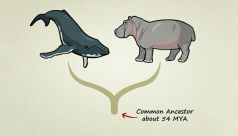
Guest blog written by Environmental Visual Communication student Natasha Hirt
What do hippos and whales have in common? A tonne. It may seem surprising that hippos are the closest living relative to whales. At the ROM's Blue Whale Exhibition, visitors can explore what whales and other marine mammals looked like over 50 million years ago.
Smudging Blue: Honouring the Spirit of Our Whale

Guest blog written by 2017 Environmental Visual Communication student Rachel Brown
Kim Wheatley is an Anishinaabe mother and grandmother of the Shawanaga First Nation. Read this blog to hear the story of how EVC student Rachel Brown met Kim at the ROM, where she offered a traditional prayer and blessing for the bones and heart of ‘Blue,’ the whale - the star of Out of the Depths: The Blue Whale Story.
Our Future is Deep in the Ocean
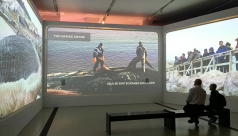
Guest blog written by 2017 Environmental Visual Communication student Shawn Wu
Written in Mandarin, this is a story about the Out of the Depths: The Blue Whale Story exhibition and the powerful role these magnificent creatures play in our oceans.
Singing the Blues: The Mystery of B105
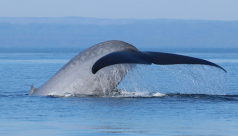
Guest blog written by 2017 Environmental Visual Communication student Viridiana Jimenez
The ocean’s largest and most iconic animal, the blue whale, can produce sounds that cross entire oceans and can be heard from one end of the planet to the other. With humans’ increased presence in the oceans, how are these charismatic giants affected by—and adapting to—our noisy activities? In this blog we follow the story of a single whale, B105 “Invasor”, and muse on how it may have changed its ways to contend with our cacophony.
The Woman Behind the Biggest Heart in the World

Guest Blog written by 2017 Environmental Visual Communication student Fenella Hood
Knife in hand and knee-deep in rotting blubber, Jacqueline Miller is about to do something that has never been done before: carve out a blue whale's heart for preservation. Enveloped in its stench and racing against decay, she cuts deep into the tissue beneath, sure in her knowledge of anatomy but ever wondering: Will this even work? Read on to learn more about one of the team members behind the world's biggest heart in this blog by EVC student Fennella Hood.
A Superior BioBlitz
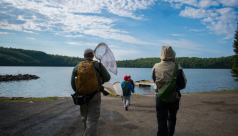
Guest blog written by 2017 Environmental Visual Communication student Adil Darvesh
Most BioBlitzes tend to span a 24-hour period, but this was no typical BioBlitz. Read on to see what made the Big Trout Bay BioBlitz on the North shore of Lake Superior different!
